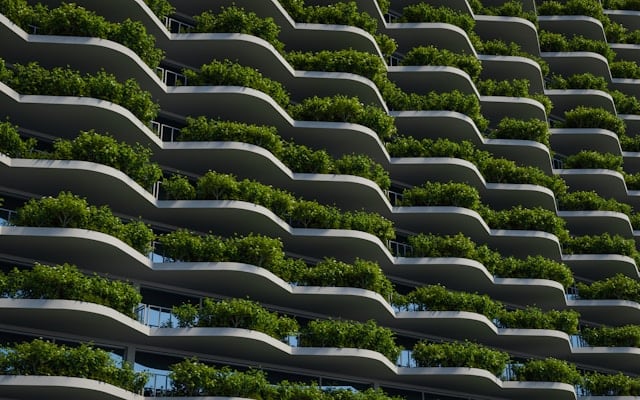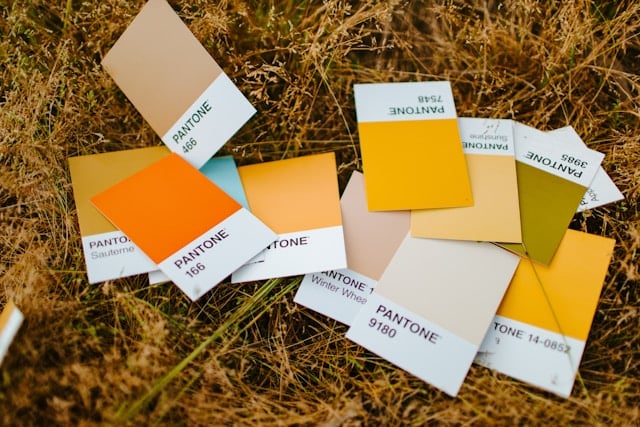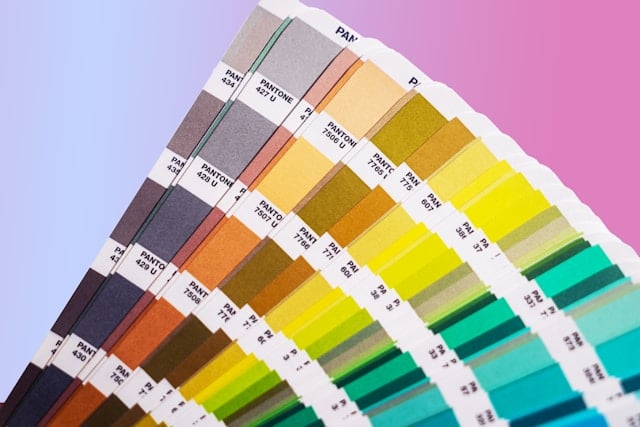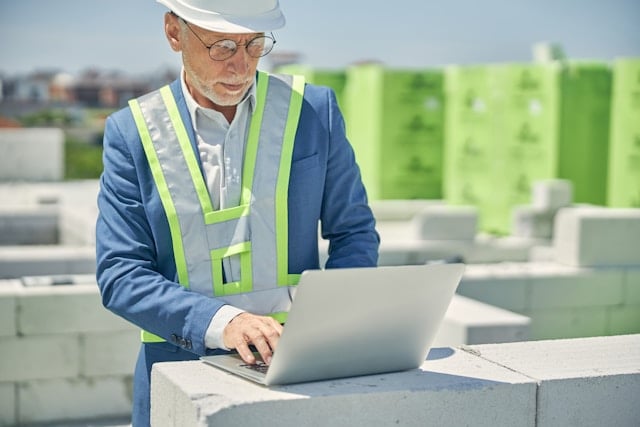What Are the Latest Trends in Building Materials?

The construction industry is constantly evolving, and so are the materials used to build everything from homes to commercial spaces. As technology advances and sustainability becomes a greater focus, new building materials are being developed that offer improved performance, environmental benefits, and cost efficiency. Here are the latest trends in building materials that are shaping the future of construction:
1. Sustainable and Eco-Friendly Materials
With increasing awareness of climate change, the demand for sustainable building materials has skyrocketed. Builders and developers are seeking materials that reduce environmental impact without compromising quality or performance.
Cross-Laminated Timber (CLT): CLT is an engineered wood product that is gaining popularity for its sustainability and strength. Made by layering wood panels at right angles, it offers an alternative to concrete and steel for structural elements. CLT is carbon-neutral, renewable, and can significantly reduce a building’s carbon footprint.
Recycled Materials: From recycled steel to reclaimed wood, the use of recycled materials is on the rise. These materials not only reduce the demand for new raw materials but also lower the environmental impact of production. Recycled plastics are also being used in everything from insulation to roofing materials.
Hempcrete: A bio-composite material made from hemp fibers and lime, hempcrete is lightweight, breathable, and highly insulating. Its ability to absorb CO2 as it hardens makes it a carbon-negative material, making it an excellent choice for eco-conscious projects.
2. Smart Building Materials
Technology is making its way into the materials we use to build. Smart building materials can adapt to environmental conditions or improve energy efficiency, providing a futuristic approach to construction.
Self-Healing Concrete: One of the most exciting innovations in building materials is self-healing concrete. This concrete contains bacteria that produce limestone when exposed to water, automatically filling cracks and extending the lifespan of the structure. This reduces maintenance costs and improves durability.
Phase-Change Materials (PCMs): PCMs are used in building insulation and can store and release heat as they change phases (from solid to liquid and vice versa). This helps regulate indoor temperatures, reducing the need for heating and cooling systems, which in turn cuts energy costs.
Smart Glass: Also known as switchable glass, smart glass can change its opacity depending on light levels, reducing glare and controlling heat inside a building. This material is becoming more common in modern architecture, particularly in commercial buildings where energy efficiency and aesthetics are key.
3. Prefabrication and Modular Construction
Prefabricated and modular construction methods are revolutionizing how buildings are made. These techniques involve assembling building components off-site in a controlled environment, which is then transported and assembled on-site. Prefabricated construction offers significant benefits, including faster build times, reduced waste, and lower labor costs.
3D-Printed Materials: 3D printing is starting to make waves in the construction industry. Using materials like concrete, plastic, and even metal, 3D printers can create walls, floors, and other building elements layer by layer. 3D printing offers the potential for custom designs, reduced waste, and faster construction times.
Modular Steel Frames: Modular steel frames allow for the rapid construction of buildings by assembling large, pre-built steel modules on-site. This reduces construction time and costs while offering the durability and strength of steel.
4. Energy-Efficient Materials
Energy efficiency is a priority for both residential and commercial construction, as building owners look to reduce energy consumption and lower utility costs. New materials are being developed that improve thermal performance and reduce the need for heating and cooling.
Aerogels: Aerogels are ultra-lightweight materials with excellent insulating properties. Despite being 90% air, they provide superior thermal resistance, making them ideal for use in walls, roofs, and windows. Their high insulation value helps reduce heating and cooling costs in both residential and commercial buildings.
Reflective Roofing Materials: Reflective or "cool" roofing materials are designed to reflect more sunlight and absorb less heat, which keeps buildings cooler and reduces the need for air conditioning. These materials are particularly effective in hot climates like the UAE and are becoming more common in modern construction.
5. Health-Conscious Materials
Post-pandemic, there is a growing focus on health and wellness in building design. Builders are prioritizing materials that improve indoor air quality, minimize allergens, and create healthier living spaces.
Low-VOC Paints and Finishes: Volatile organic compounds (VOCs) are chemicals commonly found in traditional paints and finishes that can emit harmful gases over time. Low-VOC and zero-VOC products are becoming standard in the construction industry, offering safer options for indoor environments.
Antimicrobial Surfaces: Materials with antimicrobial properties, such as copper alloys and certain types of ceramics, are being used more frequently in high-touch areas like countertops, doorknobs, and railings. These materials naturally inhibit the growth of bacteria, making them ideal for hospitals, schools, and office spaces.
6. Biophilic Design and Natural Materials
Biophilic design integrates natural elements into the built environment, promoting a sense of well-being and connection with nature. The use of natural materials like wood, stone, and bamboo is on the rise as part of this movement.
Green Walls and Roofs: Green roofs and walls are gaining popularity as they provide insulation, reduce energy consumption, and improve air quality by absorbing carbon dioxide and releasing oxygen. They also enhance the aesthetic appeal of a building, contributing to the biophilic design trend.
Timber Construction: Timber is seeing a resurgence as a sustainable and aesthetically pleasing material. Its warmth, texture, and natural insulating properties make it a favorite in biophilic design, particularly for residential and hospitality projects.
The construction industry is embracing innovation and sustainability through new and improved building materials. From eco-friendly options like hempcrete and recycled steel to high-tech innovations like self-healing concrete and smart glass, the future of construction is about more than just building—it’s about creating structures that are smarter, greener, and more efficient. If you’re looking to stay ahead of the curve, MawadOnline offers a wide selection of the latest building materials to help you build for tomorrow.
 Building Materials
Building Materials
 Tools & Machinery
Tools & Machinery
 Plumbing
Plumbing
 Electrical Supplies
Electrical Supplies
 Air Conditioning
Air Conditioning
 Safety & Security
Safety & Security
 Finishing Materials
Finishing Materials
 Hardware & Fasteners
Hardware & Fasteners
 Lighting & Electrical Fixtures
Lighting & Electrical Fixtures
 Landscaping & Outdoor
Landscaping & Outdoor
 Construction Services
Construction Services
 Construction Technology & Software
Construction Technology & Software









